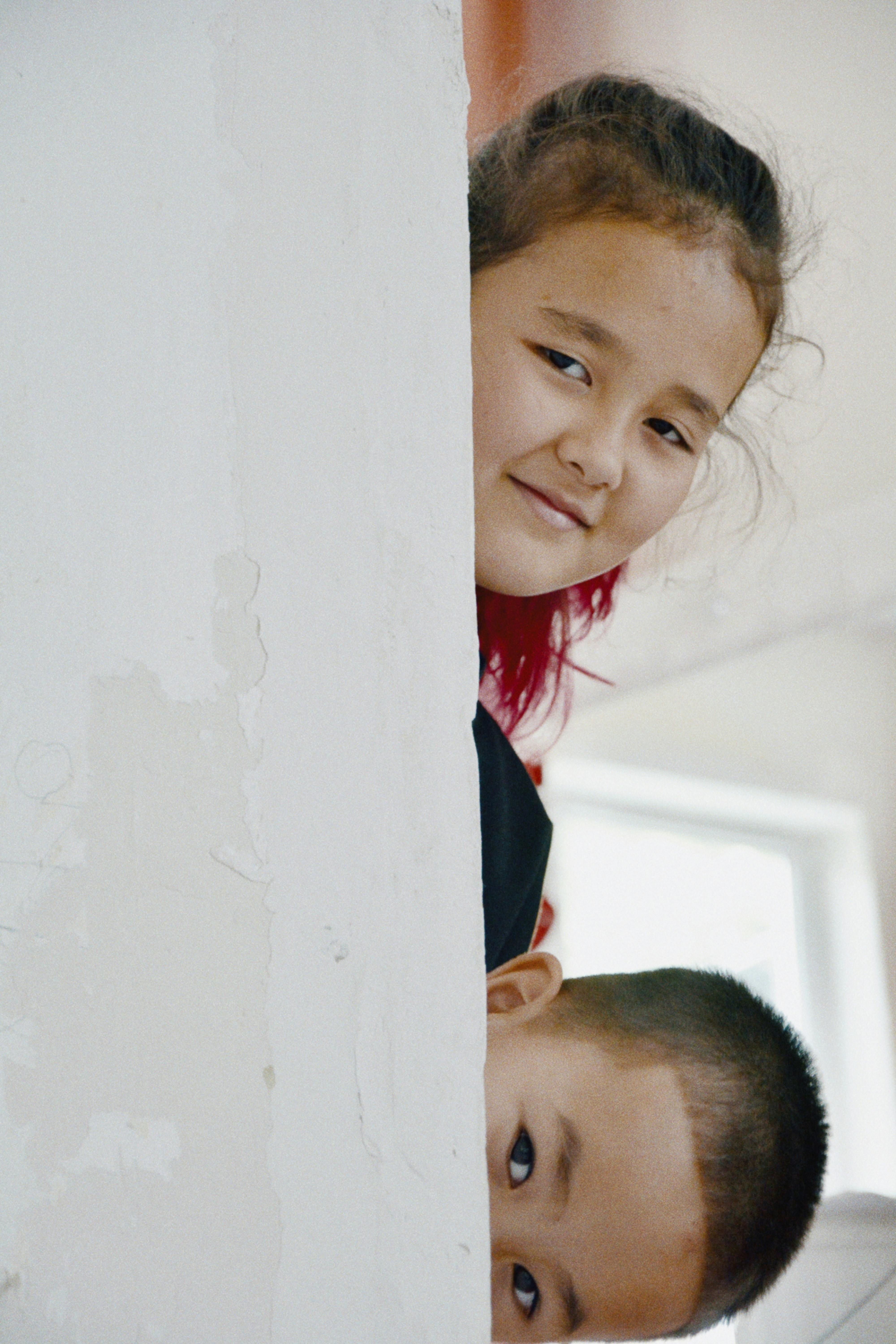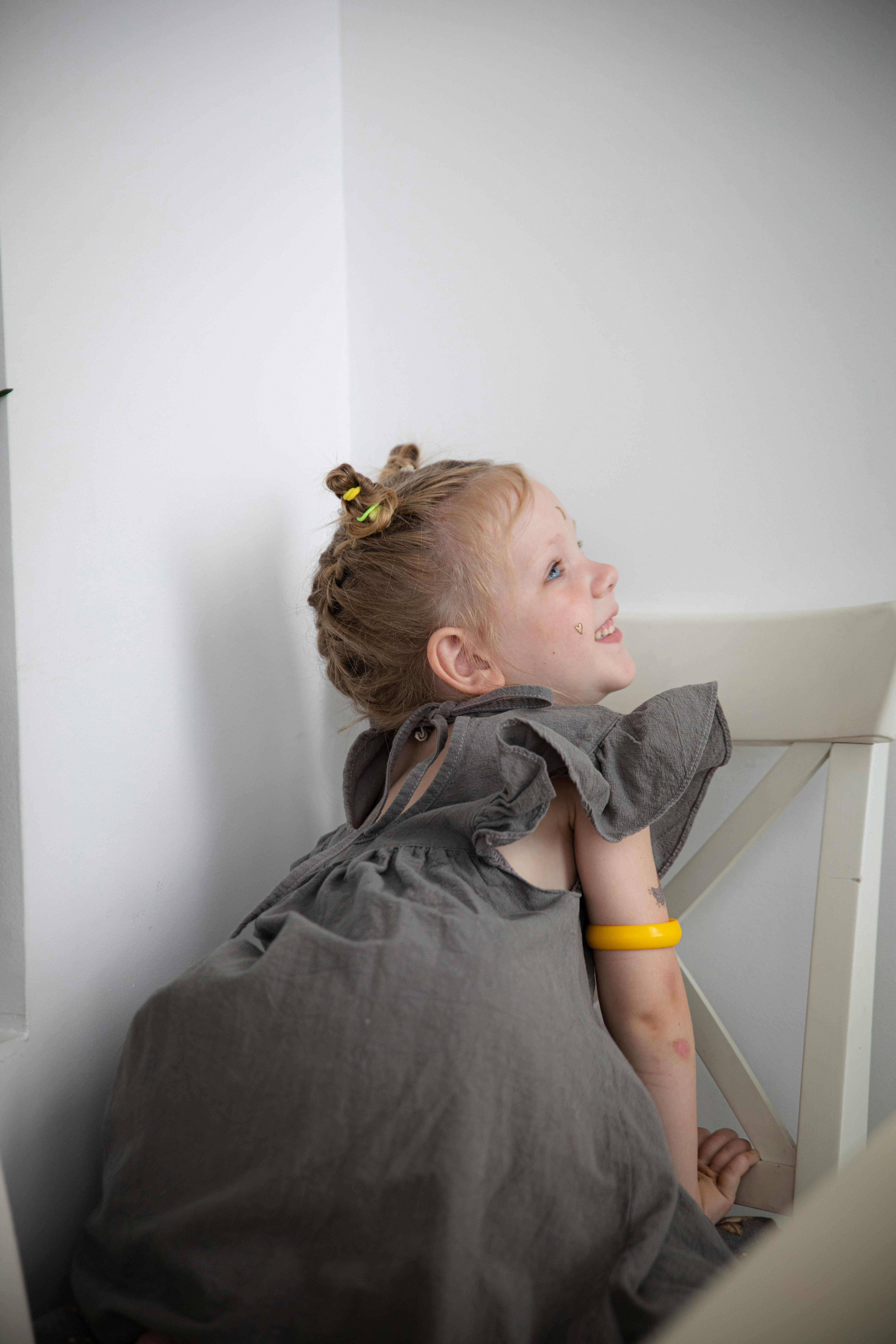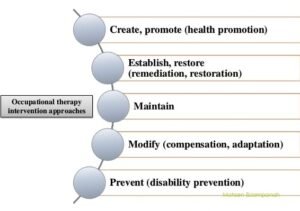So you’re interested in becoming a pediatric occupational therapist? Well, you’re in the right place! In this article, we’ll give you a brief overview of what it takes to embark on this rewarding career path. From the education and training required to the skills needed to thrive in this field, we’ve got you covered. By the end, you’ll have a better understanding of the journey ahead and be one step closer to making a positive impact in the lives of children in need. Let’s get started!

Education and Training
To become a pediatric occupational therapist, the first step is obtaining a bachelor’s degree. This degree can be in a variety of fields, but it is recommended to choose a program that offers coursework related to health sciences or psychology. This foundation will provide you with a strong understanding of the human body and mind, which is essential in the field of occupational therapy.
Once you have completed your bachelor’s degree, you will need to fulfill any prerequisite coursework required for admission into an accredited occupational therapy program. These prerequisites may include classes such as anatomy, physiology, psychology, and statistics. It is important to research the specific requirements of the programs you are interested in and ensure that you meet all of their prerequisites.
After completing your prerequisite coursework, you can then apply to an accredited occupational therapy program. These programs typically require a separate application process, including letters of recommendation, a personal statement, and often an interview. It is important to research and apply to multiple programs to increase your chances of acceptance.
Upon acceptance into an occupational therapy program, you will embark on earning a master’s degree in occupational therapy. This program usually takes around two years to complete and includes a combination of coursework and hands-on clinical experiences. During this time, you will learn about various aspects of occupational therapy, including anatomy and physiology, therapeutic techniques, and assessment and evaluation methods.
Licensure and Certification
Once you have completed your master’s degree in occupational therapy, the next step is to obtain licensure to practice as a pediatric occupational therapist. This process typically involves passing the NBCOT examination, which is administered by the National Board for Certification in Occupational Therapy. This examination tests your knowledge and skills in the field of occupational therapy to ensure that you are qualified to practice.
In addition to passing the NBCOT examination, you will also need to complete state licensure requirements. These requirements vary by state but often include submitting an application, paying a fee, and providing proof of your education and examination results. Some states may also require you to complete a certain number of supervised practice hours before granting licensure.

Specialization in Pediatrics
If you have a passion for working with children, you may choose to specialize in pediatrics as an occupational therapist. To do so, it is important to gain clinical experience in pediatric settings. This can be done through internships, volunteer opportunities, or employment in pediatric hospitals, clinics, or schools. This experience will allow you to understand the unique needs of pediatric patients and develop skills specific to working with children.
Participating in pediatric-focused continuing education is also crucial for specialization in pediatrics. This can involve attending workshops, conferences, or seminars that focus specifically on pediatric occupational therapy. These educational opportunities will keep you up-to-date on the latest research, techniques, and interventions for pediatric patients.
Completing a pediatric fieldwork experience is another important step in specializing in pediatrics as an occupational therapist. Fieldwork experiences provide hands-on learning opportunities in a real-world setting, allowing you to practice and refine your skills under the supervision of experienced clinicians. This experience will further enhance your understanding of working with pediatric patients and give you valuable clinical skills.
Skills and Qualities
To be a successful pediatric occupational therapist, there are certain skills and qualities that are essential. One of the most important skills is strong communication. You will need to effectively communicate with both children and their families to understand their needs, explain treatment plans, and provide education and guidance. Additionally, you will often collaborate with other healthcare professionals, so strong communication skills are crucial for effective teamwork.
Interpersonal skills are also important in the field of pediatric occupational therapy. You will be working closely with children and their families, building relationships and establishing trust. Being able to relate to and connect with pediatric patients is essential for creating a positive therapeutic environment.
Patience is another key quality for a pediatric occupational therapist. Working with children can sometimes be challenging, as they may be resistant to therapy or have difficulty following instructions due to their age or developmental level. It is important to be patient and understanding, allowing for progress at the child’s pace.
Creativity is also a valuable skill for pediatric occupational therapists. Children learn best through play and exploration, so being able to develop creative and engaging therapeutic activities is essential. This requires thinking outside the box and finding unique ways to address each child’s individual needs.

Job Outlook and Salary
The job outlook for pediatric occupational therapists is promising, with growing demand in the field. As awareness of the importance of early intervention and therapy for children increases, the need for pediatric occupational therapists continues to rise. This is especially true with the increasing prevalence of developmental disorders and conditions that affect pediatric populations.
In terms of salary, pediatric occupational therapists can expect competitive wages. The exact salary will depend on factors such as experience, location, and work setting. However, occupational therapists in general earn a median annual salary of around $84,000, according to the Bureau of Labor Statistics. With specialization and experience, pediatric occupational therapists may even earn higher salaries.
Job Responsibilities
As a pediatric occupational therapist, your job responsibilities will include conducting assessments and evaluations to determine a child’s specific needs and develop appropriate treatment plans. This involves observing and evaluating a child’s physical, cognitive, and socio-emotional skills to identify areas of difficulty or areas that can be improved.
Once assessments are completed, you will be responsible for developing and implementing treatment plans tailored to each individual child’s needs. These treatment plans may include activities and exercises aimed at improving fine motor skills, sensory processing, self-care skills, and overall independence. You will work closely with the child and their family to set goals and monitor progress throughout the therapy process.
Collaboration with other healthcare professionals is also an important aspect of the job. This may involve consulting with doctors, teachers, and other therapists to ensure comprehensive care for the child. Sharing information and coordinating services with these professionals is crucial for the child’s overall development and progress.
In addition to working directly with children, pediatric occupational therapists also play a role in educating and consulting with parents and caregivers. This includes providing guidance and support, teaching strategies to implement at home, and helping parents understand their child’s developmental progress and potential areas of concern.
Work Settings
Pediatric occupational therapists have the opportunity to work in a variety of settings, depending on their preferences and career goals. Some common work settings for pediatric occupational therapists include schools, hospitals, private clinics, rehabilitation centers, and home health services.
Working in schools allows pediatric occupational therapists to provide therapy services directly within the educational environment. This may involve working with children individually or in groups, collaborating with teachers and other school staff, and addressing specific needs related to the child’s learning and participation in school activities.
Hospitals often employ pediatric occupational therapists to work in specialized pediatric units or outpatient clinics. In these settings, therapists assist with the rehabilitation and recovery of children who have gone through surgeries, experienced injuries, or are managing chronic conditions. They may also provide early intervention services to newborns and infants with developmental delays or disabilities.
Private clinics offer another option for pediatric occupational therapists. These clinics typically provide a wide range of therapy services to children with various needs and conditions. Working in a private clinic allows therapists to have more control over their caseload and treatment approaches.
Rehabilitation centers provide intensive therapy services to children with complex medical conditions or injuries. Pediatric occupational therapists in rehabilitation centers work as part of a multidisciplinary team to help children regain function and independence in their daily activities.
Some pediatric occupational therapists choose to provide services in the home health setting. This involves traveling to a child’s home and providing therapy services in their familiar environment. Home health services can be beneficial for children who have difficulty traveling to other settings or prefer therapy in the comfort of their own homes.
Continuing Education
Continuing education is crucial for pediatric occupational therapists to stay updated on the latest research, practices, and interventions in the field. This can be accomplished through a variety of methods, including attending workshops, conferences, and seminars that focus on pediatric occupational therapy.
These educational opportunities provide valuable insights into new techniques and approaches for working with pediatric patients. They also offer a chance to connect with other professionals in the field, fostering collaboration and sharing of best practices. Additionally, continuing education can help pediatric occupational therapists meet any continuing education requirements for maintaining licensure and certifications.
For those looking to further advance their knowledge and skills in pediatric occupational therapy, pursuing advanced certifications or specializations is an option. There are several certifications available that focus specifically on pediatrics, such as the Certified Pediatric Hand Therapist (CPHT) and the Sensory Integration and Praxis Test (SIPT) certification. These certifications demonstrate a higher level of expertise and can open up additional career opportunities.
Career Progression
As a pediatric occupational therapist, there are several paths for career progression. One way to progress in your career is to gain experience and become a skilled practitioner. With experience, you will develop a deeper understanding of the field and refine your clinical skills. This expertise can lead to increased job opportunities and higher salaries.
Seeking advanced positions or leadership roles is another option for career progression. This can involve taking on supervisory or managerial roles within your organization, where you can oversee other therapists and contribute to program development. Advanced positions may also involve specialization in a specific area of pediatric occupational therapy, such as hand therapy, sensory integration, or assistive technology.
Exploring opportunities in research or academia is another potential career path for pediatric occupational therapists. This may include conducting research studies to contribute to the field’s knowledge base or teaching occupational therapy courses at a university. Research and academia provide a chance to make an impact on the field through innovation, education, and mentorship.
Conclusion
Becoming a pediatric occupational therapist requires a combination of education, training, and hands-on experience. It is a rewarding career path that allows you to make a positive impact on the lives of children and their families. By completing the necessary education, obtaining licensure and certification, gaining clinical experience, and developing the necessary skills and qualities, you can embark on a fulfilling career as a pediatric occupational therapist. With a growing demand for pediatric occupational therapists and competitive salaries, this field offers exciting opportunities for professional growth and job satisfaction.


